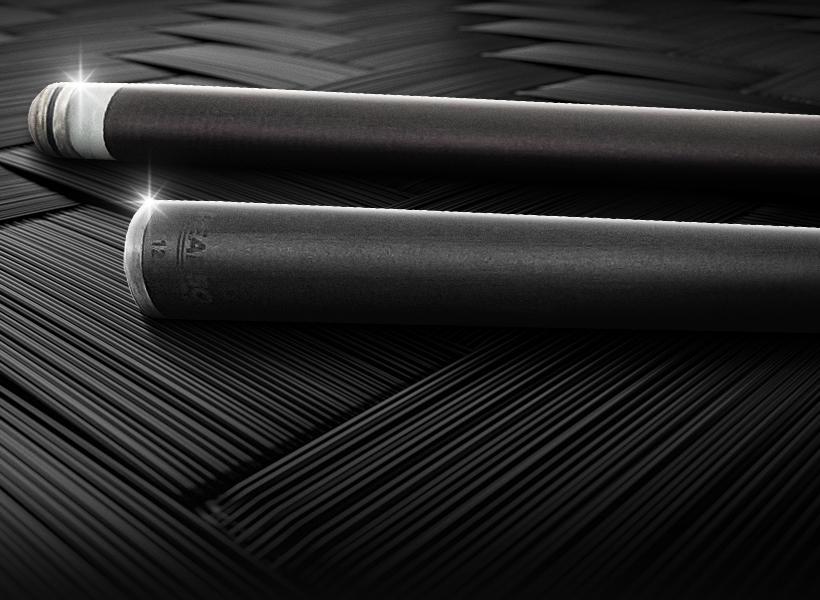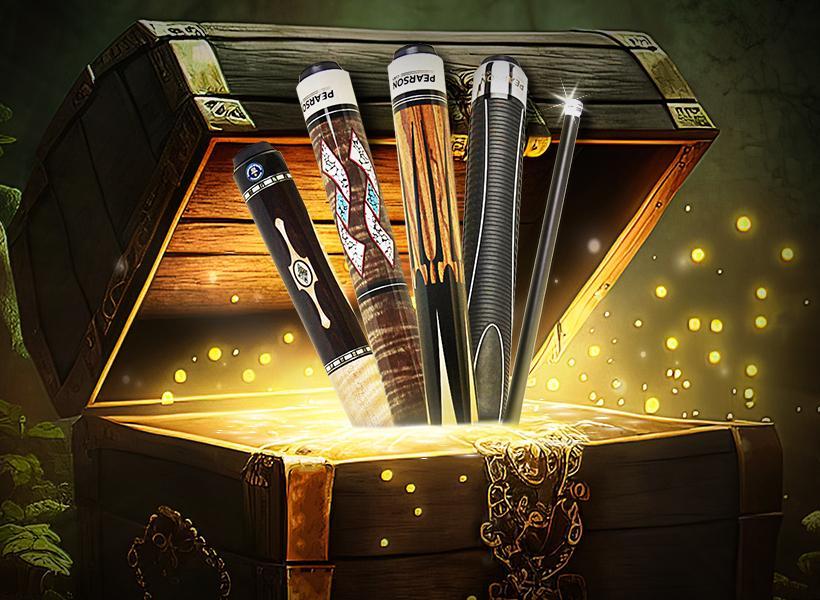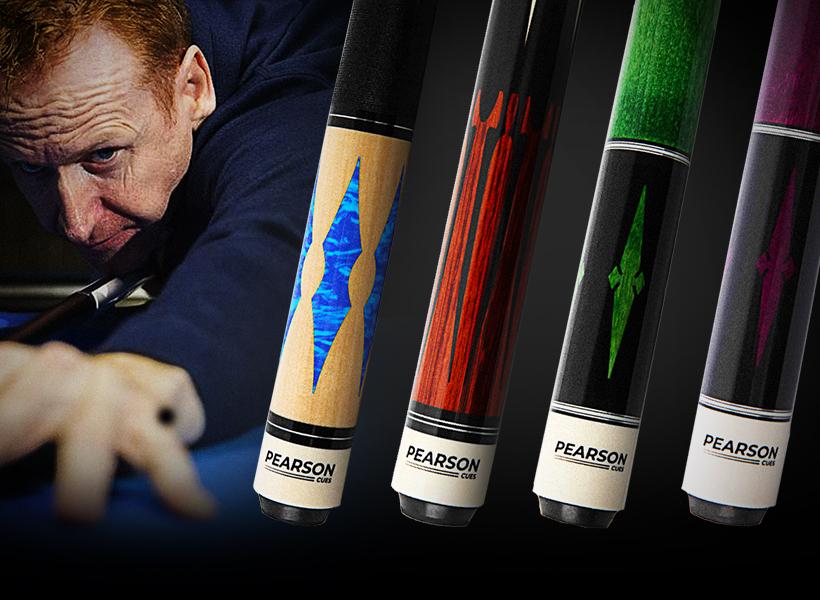How To Hold A Pool Stick Properly? Hand Position, Grip and Bridge
Key Takeaways
- How To Hold A Pool Stick With Perfect Pool Cue Grip?
- How To Master Cue Ball Control?
- Techniques for Various Shots
Grasp The Line Near Your Waist With A Comfortable Hand
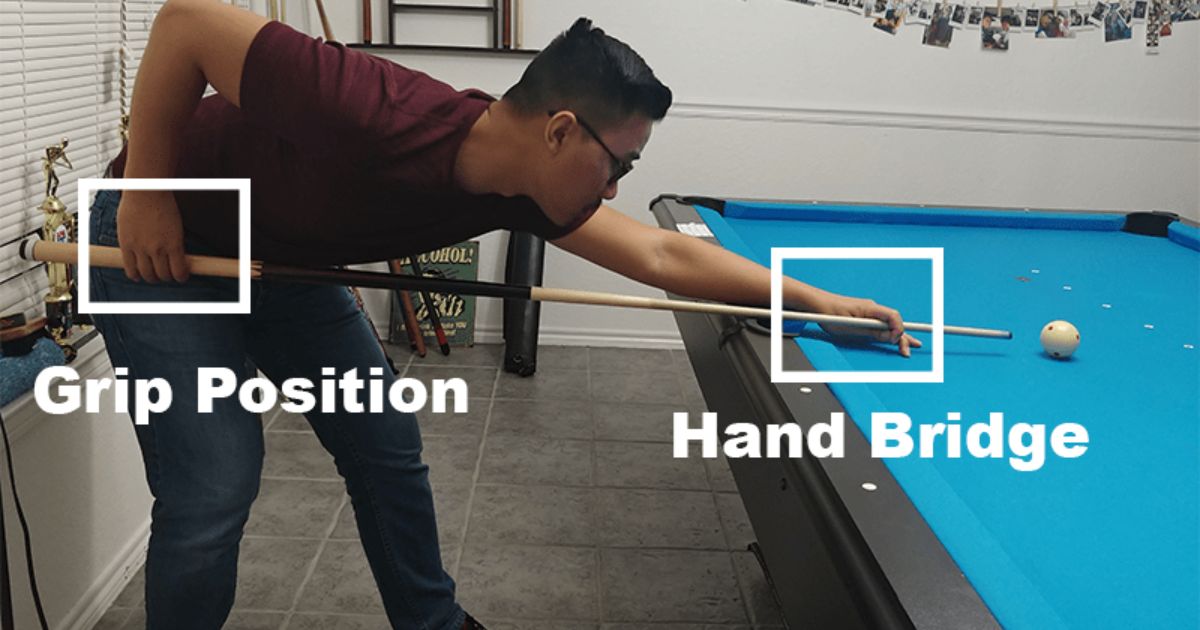
The best way to hold a pool stick is to keep the cue near your waist with your comfortable hand. When you’ve carefully grasped the column to your waist, grab the back end of the stick with your comfortable hand.
Check for tape at the back to see if your hand position is in the appropriate spot. Slowly move your hand behind the tape at this point. The tape should be separated by at least 4 or 5 inches. You’ll know you’re holding the cue correctly if your hand forms a 90° angle. There are some important gripping tips that you need to know as follows:
- Proper grip: Your grip should be comfortable and precise. Many people don’t know how to hold a pool cue correctly, so they normally grip it too tightly.
- Correct posture: The cue ball and your body should be in line. This will aid in the accurate placement of your shot.
- Accurate hand position: Use your thumb and index finger to hold the stick, and add your middle finger for more strength.
Lower Your Upper Body To The Table
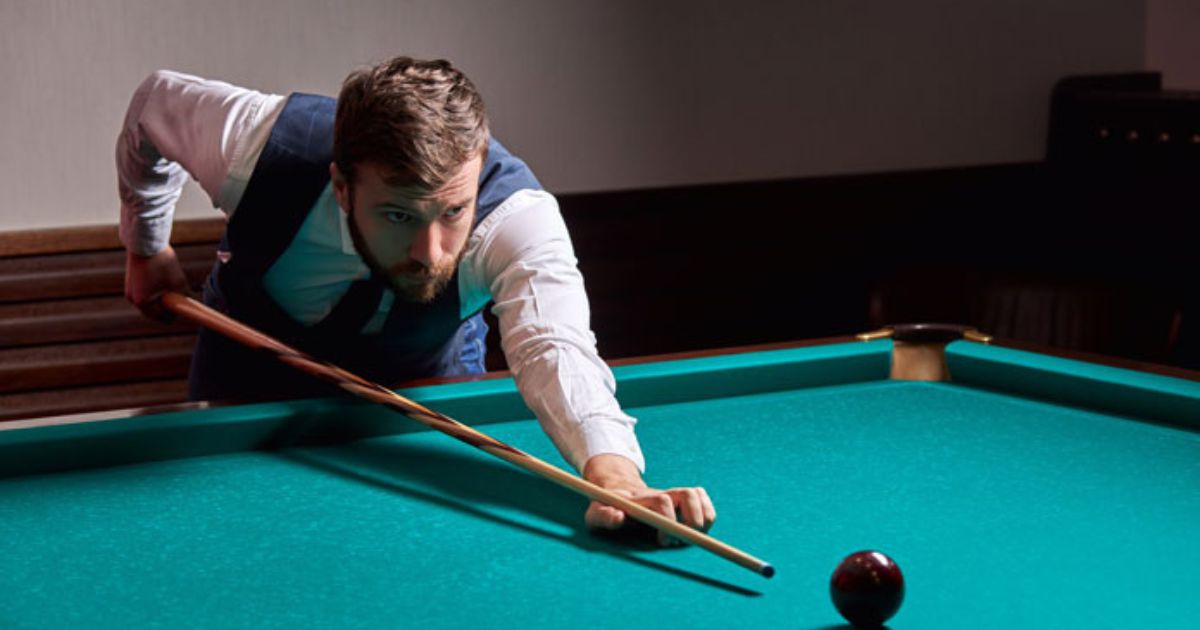
Once you’ve found your shot and gripped the cue with your dominant hand, lower your body toward the table, so you’re facing down the line of the cue ball. If you’re stiff and upright, you won’t be able to make your shot. Maintain a relaxed, slightly bent posture with your legs at least a few inches apart.
Cradle or Bridge The Cue’s Tip With Your Other Hand
On the other hand, the position also has a great influence on your shot. You will need to make a bridge for the cue with this less dominant hand. Bridging is a technique that employs the hand as an anchor to keep your shot solid.
Opened Bridge
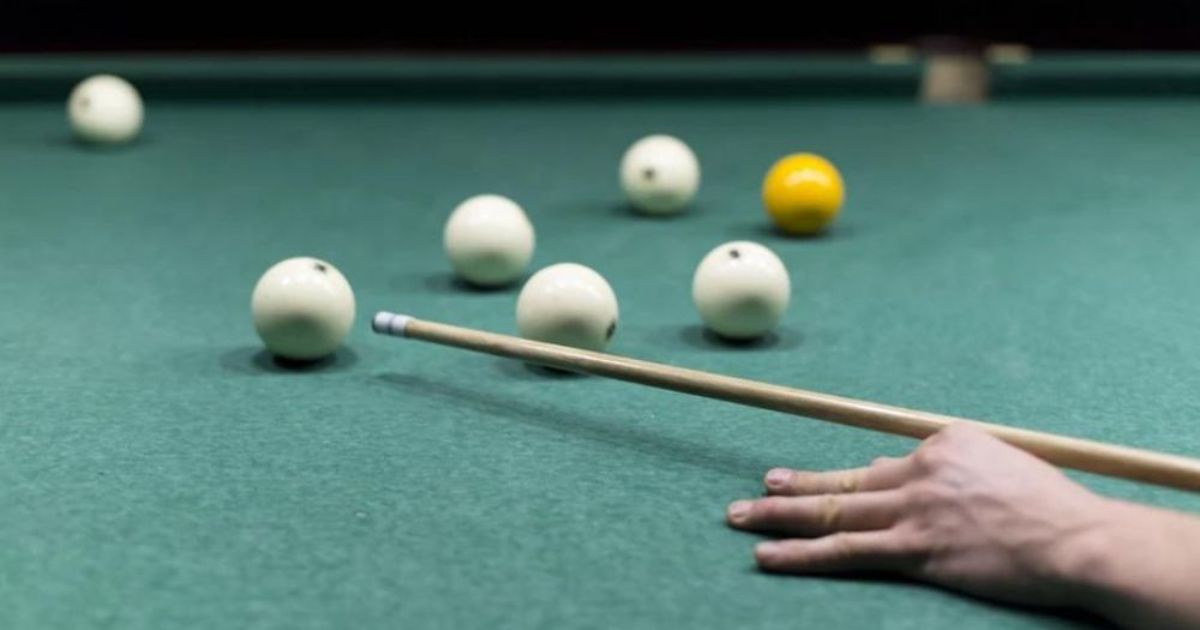
This is the most popular and common bridge technique which is easy to learn and manage.
Step 1: Spread your fingers apart on the pool table’s surface using your non-dominant hand.
Step 2: With your dominant hand, grasp the end of the cue stick.
Step 3: Between your index finger and thumb, place the tip of the cue stick.
Step 4: Raise your thumb and, with your index finger, cradle or cup the cue’s tip. You can choose to use the middle finger with your index finger if you feel the grip is not proper.
Closed Bridge
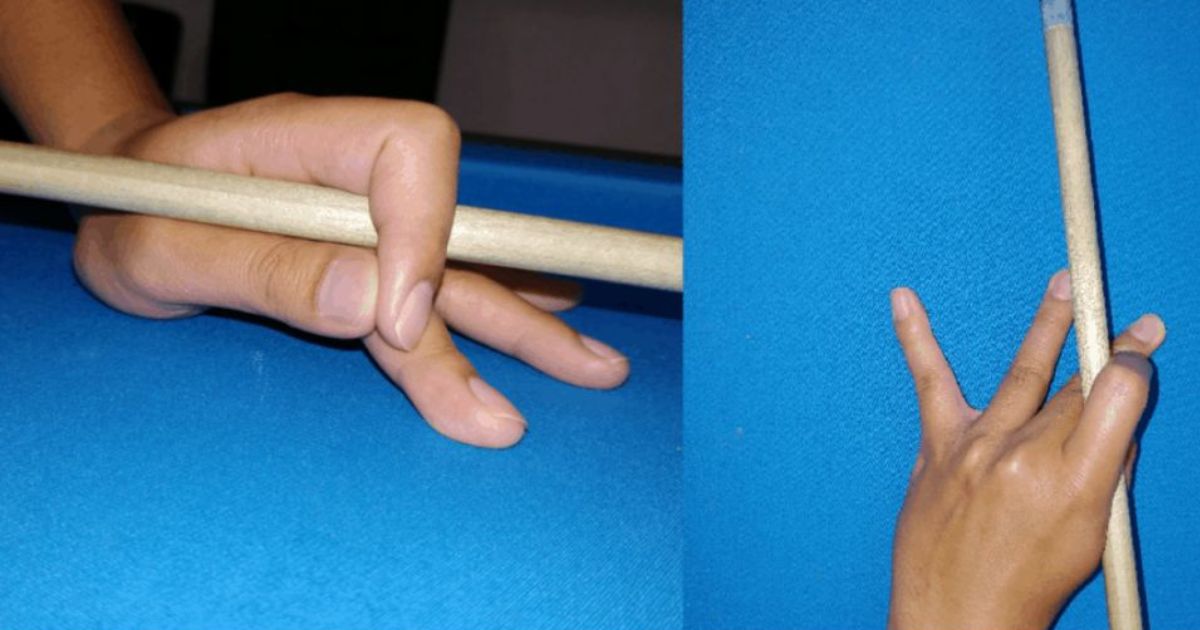
This is an advanced technique that makes you look like a professional player. It is also helpful to make an accurate shot when you do it right.
Step 1: Make a fist with your hand and place it on the table.
Step 2: Spread your middle, ring, and pinkie fingers outwards while keeping your index tucked in, and then position your thumb beneath this finger. Your thumb and index finger should create a loop.
Step 3: Push the cue tip into the loop lightly when making the shot. To achieve accuracy, the thumb should be firmly placed against the end of the index finger.
This approach may help you glide the cue stick more effortlessly, but you must maintain a firm grip on it. If a smooth slide isn’t possible, consider using a pool glove or hand chalk.
Rail Bridge
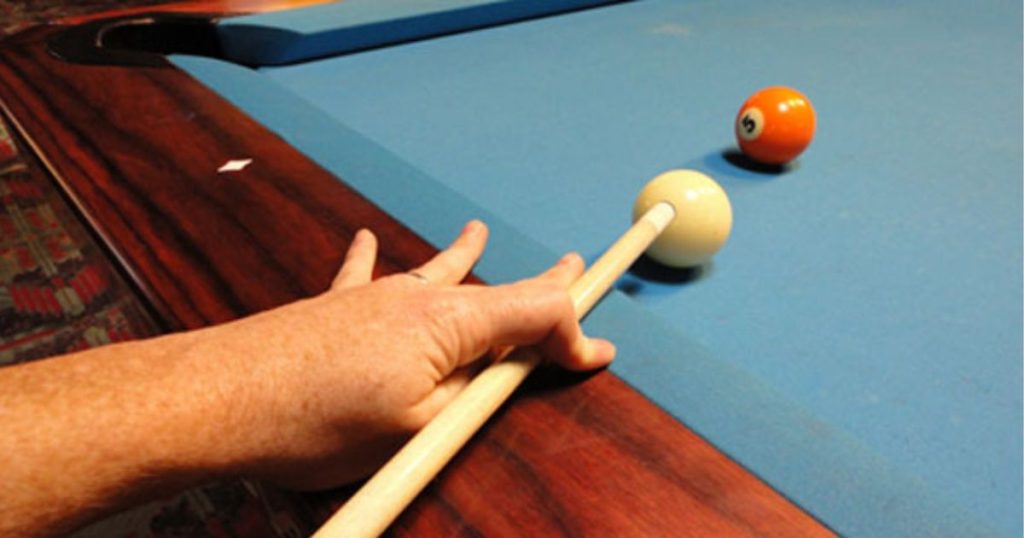
A rail bridge will help you if the cue ball is too close to the pool table rail. You can still create a sturdy shot with this technique. To do so, follow these steps:
Step 1: Place your palm flat on the rail and slowly place your thumb over the railing
Step 2: Creating the conventional open bridge. The opposing side of the cue is guided by your index finger so that it is balanced in the middle.
Step 3: Your index finger should be on top of the cue, and your thumb should be underneath it.
Step 4: Take your shot, the rail can be used to stabilize the shot and allow you to line up as needed.
Elevated Bridge
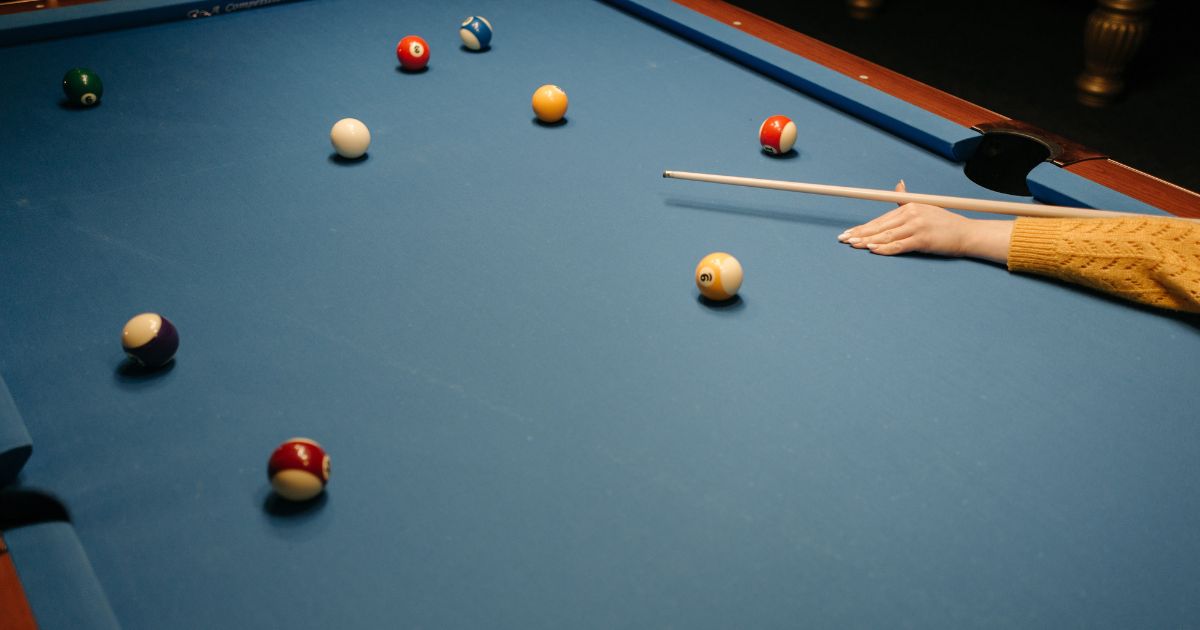
When the cue ball is virtually blocked by another ball, this technique should be useful. To make this shot, simply follow these steps:
Step 1: Place your index finger on the table in a nearly perpendicular position.
Step 2: Form a tripod by placing your pinkie finger on the ground and tucking your middle and ring fingers under it.
Step 3: Form a v-channel in the air between your thumb and index finger by lifting your thumb upwards.
Step 4: Take your shot while holding the cue between your thumb and index finger.
Mechanical Bridge
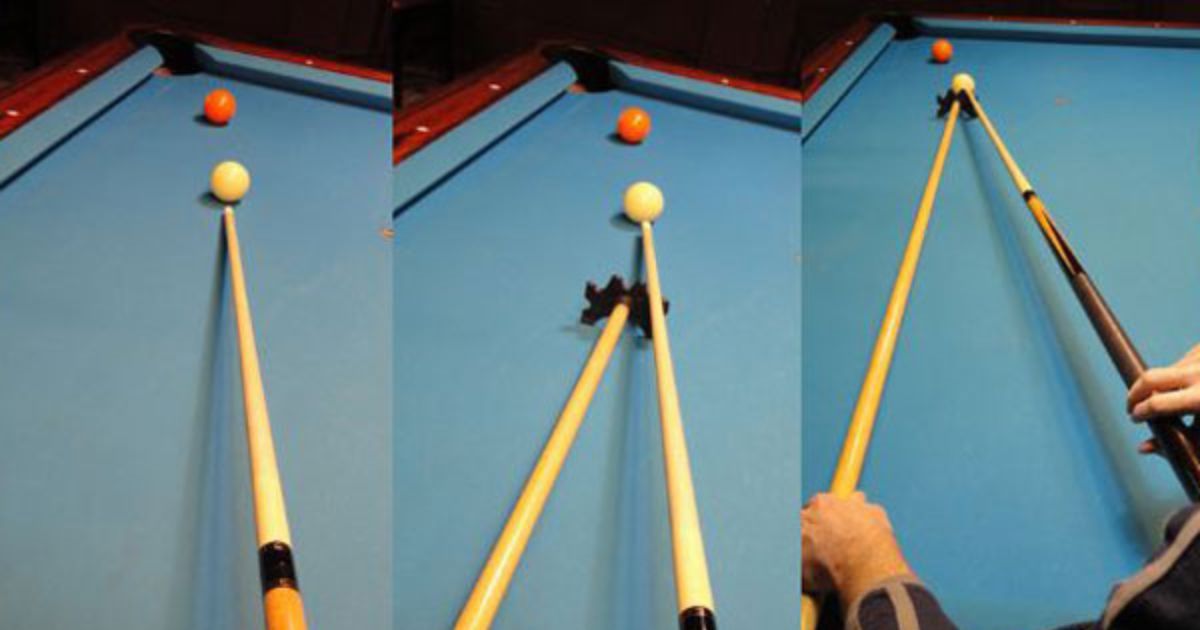
You can use the mechanical bridge to assist with the shot when the pool ball target is completely out of reach. When playing on a larger and wider pool table, this is generally done.
Step 1: Place the bridge on the table behind your cue ball, but at a distance of six to eight inches to allow for a smooth shot.
Step 2: Using your free hand, get a firm grip on the bridge. If you are right-handed, place the bridge cue to the left of the shooting cue.
Step 3: Place your stick in the groove that allows for the best shot.
Step 4: With your index, thumb, and middle finger, grasp the cue’s butt cap.
Step 5: Place your head in the direction of the shot you want to take and fire.
How To Hold A Pool Stick Firmly And Focus On The Target?
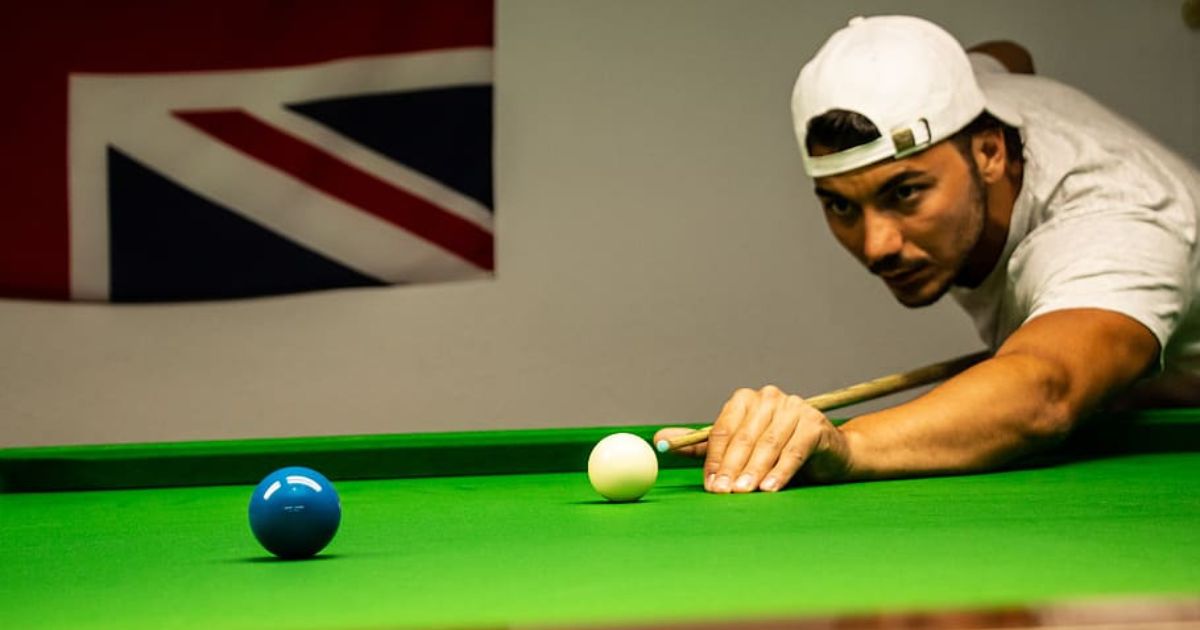
Maintain a balanced and firm posture, concentrate on the thing you wish to hit, and then concentrate on the cue ball with your cue. Consider the shot you want to make with the cue ball to hit the object ball.
It’s not enough to just hit the ball; for maximum precision, make sure you hit the center of the cue ball. Hitting at the center greatly improves your chances of hitting the object ball.
Make yourself at ease and make sure your cue stick and cue ball are aligned correctly so you can see the object ball in your path as well.
Balance The Cue And Make Your Shot
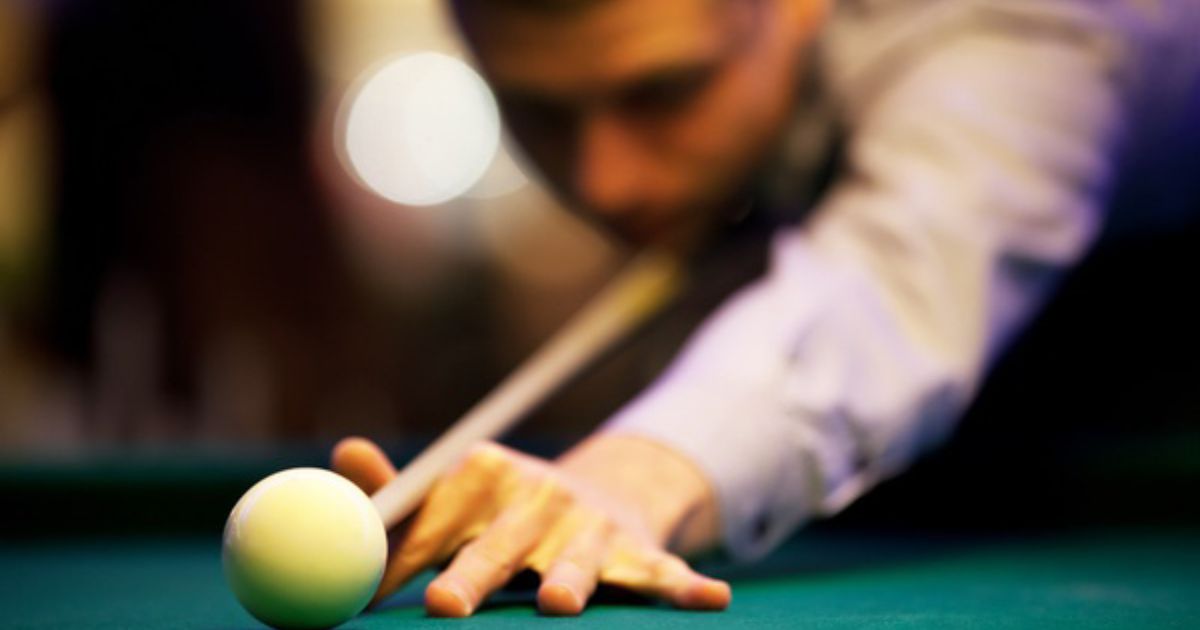
Slide the cue stick forward and backward once you’ve built your shot to get a feel for it. You can re-adjust your shot if you believe something is wrong. After readjusting, maintain your balance, be firm, and move the cue forward and backward numerous times to ensure that you hit the cue ball in the middle.
Are you a newbie to Pool, read this article: How to play pool in 4 steps (Beginner’s Guide)
FAQs
How do I stop my pool cue from sticking to my hands?
To prevent your pool cue from sticking to your hands, you can:
- Use a cue glove
- Apply hand powder or chalk
- Wipe hands dry before playing
- Maintain a proper grip
- Regularly clean the cue shaft
How to keep a pool cue straight?
To keep your pool cue straight, store it vertically in a cue rack when not in use. You should avoid exposing it to extreme temperatures or humidity and use a protective case during transportation to prevent damage.
Related post: How To Straighten A Pool Cue?
Why do pool players tap their fingers?
Pool players often tap their fingers on the table or cue stick to maintain rhythm, focus, and concentration before taking a shot. This tapping can help them establish a consistent tempo and mentally prepare for their next move on the table. Some players find it a personal habit that helps them stay in the zone and maintain their composure during gameplay.
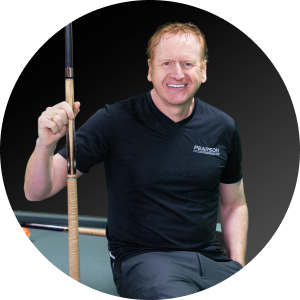
Dave Pearson
Dave Pearson, the world's leading pool entertainer, is renowned globally as the ultimate exhibition player.
Boasting 20 world records endorsed by the prestigious Guinness Book of World Records, Dave established a legendary history in the sport industry.

